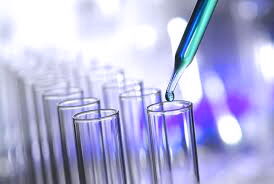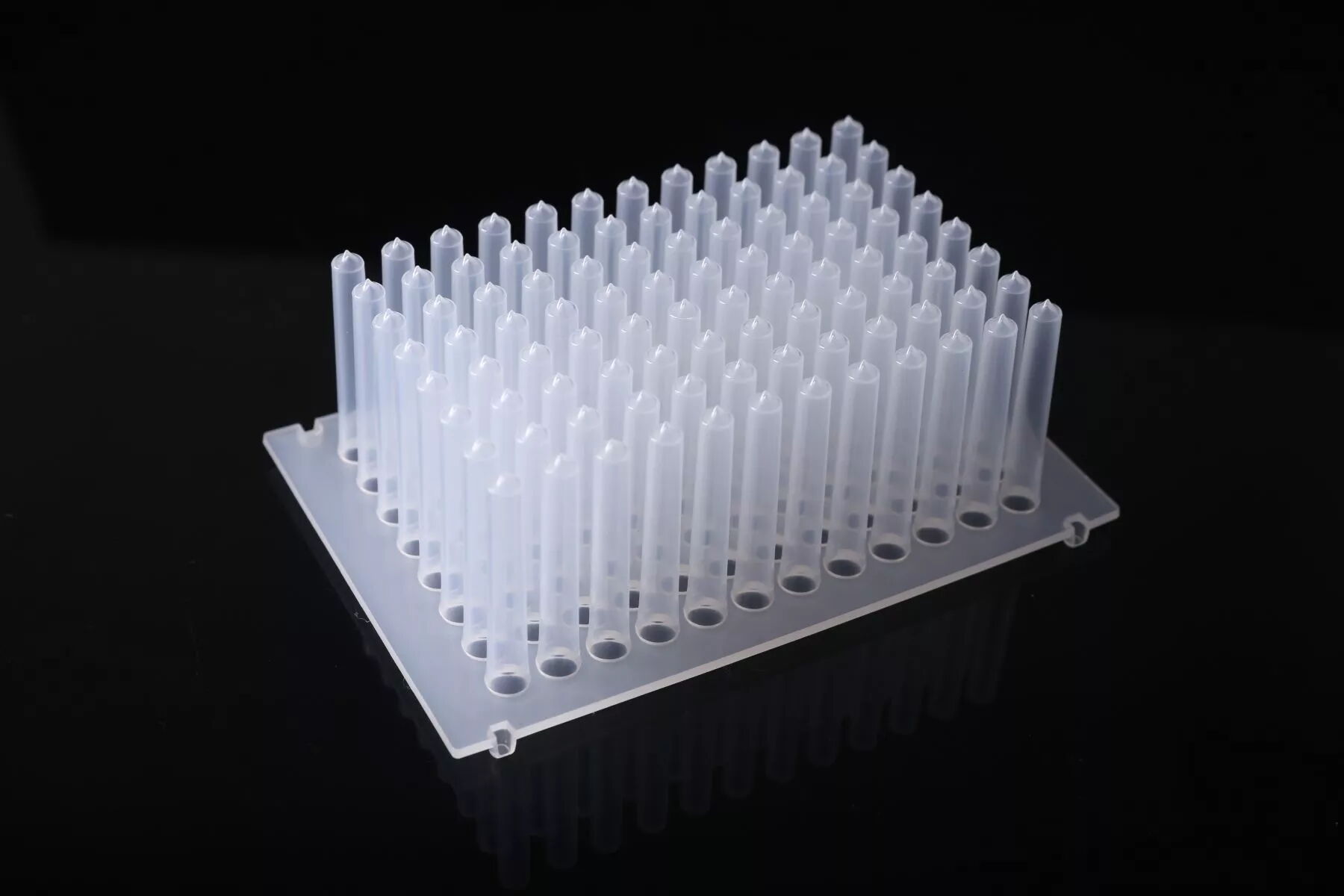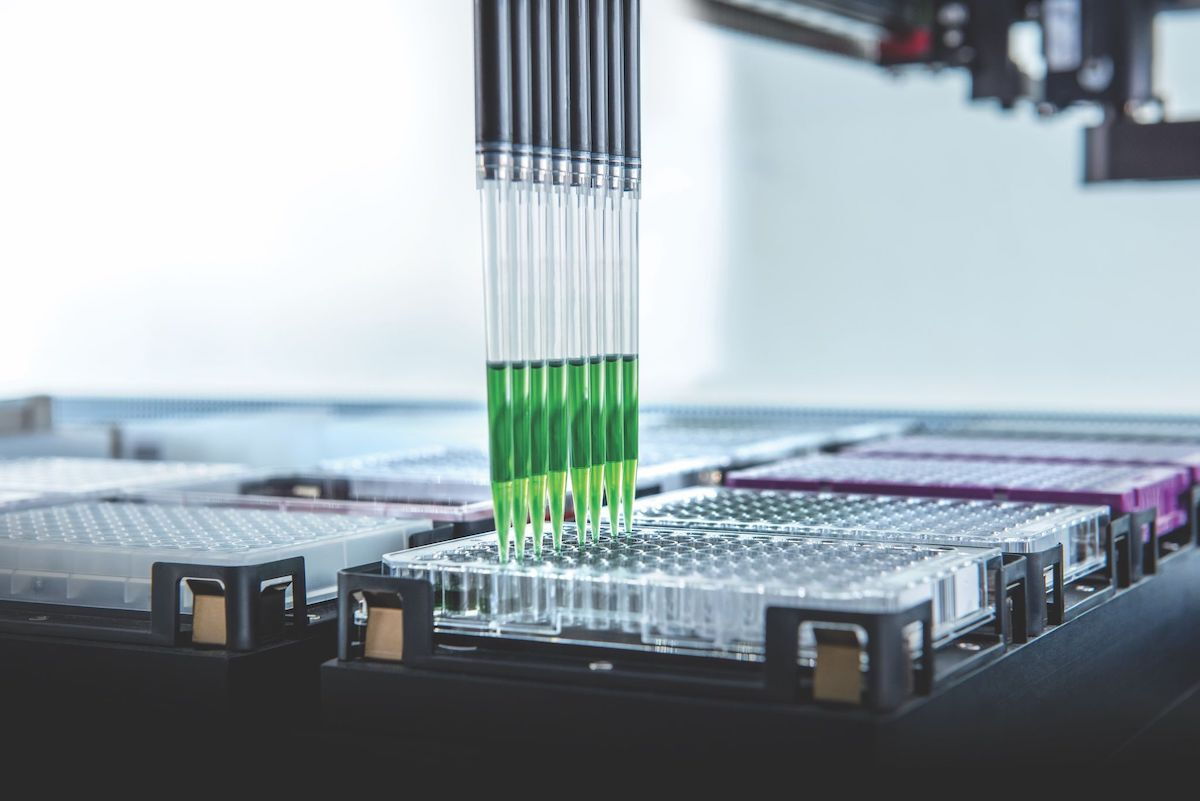Exploring Various PCR Techniques
Apr 24, 2024
Before the advent of PCR, working with DNA was challenging, inefficient, and costly. Sample sizes were often inadequate, and replicating DNA required time-consuming cloning processes. PCR has ushered in remarkable breakthroughs in molecular biology, with profound implications for healthcare, agriculture, criminal justice, and various other sectors.
In this article, we'll delve into the mechanics of polymerase chain reaction (PCR) and its beneficiaries. We'll explore how PCR functions, its beneficiaries, and delve deeper into its applications.
PCR, which stands for Polymerase Chain Reaction, is a scientific technique utilized to duplicate, or amplify, DNA. In essence, PCR enables the replication of a small amount of DNA into a larger quantity within a short timeframe.
Beyond merely increasing DNA volume, PCR can selectively target and amplify specific DNA segments, a capability crucial for isolating particular DNA for genetic screening examinations.
Moreover, PCR serves various applications:
1. Overcoming Sample Size Constraints: DNA samples are often minuscule, posing limitations for testing. PCR addresses this challenge by enlarging the sample size to ensure adequacy for DNA analyses, particularly in forensic investigations.
2. Management of Infectious Diseases: PCR has transformed the diagnosis of infectious diseases by facilitating swift detection of pathogens like HIV, hepatitis viruses, and SARS-CoV-2 (the causative agent of COVID-19), even when present in minute quantities.
PCR operates on a consistent set of principles and components across various methods and techniques, essential for comprehending its common applications today.
Here's a simplified explanation of how PCR functions, irrespective of the specific method:
Four Key Components: PCR relies on four main ingredients—Taq DNA Polymerase, template DNA, short DNA primers, and dNTPs (deoxyribonucleotide triphosphates), the essential building blocks for new DNA synthesis.
PCR Cycle: The process comprises three fundamental steps—denaturation, annealing, and extension. Initially, the DNA undergoes denaturation, wherein it is heated to separate its two strands. Subsequently, during annealing, the mixture is cooled, allowing primers to bind to the DNA. Finally, the temperature is slightly elevated, enabling Taq polymerase to incorporate dNTPs and synthesize new DNA strands during the extension phase.
Repetitive Cycling and Automation: This cycle is iterated numerous times, doubling the DNA quantity with each round, resulting in millions of copies. Thermal cyclers automate this process, rendering PCR a potent and efficient tool in scientific endeavors.
Having grasped the fundamental workings of PCR, let's explore the four primary types of PCR methods. Each method offers distinct advantages and serves specific scientific and diagnostic purposes, underscoring the versatility and potency of PCR technology in contemporary science.
Conventional PCR, also referred to as endpoint PCR, represents the original iteration of PCR pioneered by Kary B. Mullis in the early 1980s. It entails cyclically subjecting a DNA sample to heating and cooling to denature the strands, anneal primers, and extend the new DNA strand. This process amplifies a targeted segment of DNA, which can then be analyzed at the conclusion of the PCR cycles.
This method finds extensive application in diverse fields, including cloning gene fragments, diagnosing genetic disorders, and identifying pathogens in forensic and environmental samples. Its versatility renders it a cornerstone in molecular biology laboratories.
Nonetheless, conventional PCR does have its limitations, such as the inability to quantify the amplified DNA amount directly. Gel electrophoresis analysis is typically required to assess the DNA yield following a PCR run.
Its benefits encompass simplicity, cost-effectiveness, and the widespread availability of reagents and protocols.
2. Quantitative PCR (qPCR):
Quantitative PCR, commonly known as qPCR, enhances the capabilities of traditional PCR by allowing real-time quantification of DNA in a sample. This is accomplished through the utilization of fluorescent markers that emit signals proportional to the amount of DNA amplified during each PCR cycle.
The primary distinction between qPCR and conventional PCR lies in qPCR's ability to monitor and quantify DNA in real-time, while conventional PCR only offers end-point analysis. This makes qPCR indispensable for applications necessitating precise DNA quantification, including:
(1). Gene expression analysis(2). Measurement of viral loads
(3). Detection of genetically modified organisms (GMOs)
3. Reverse Transcription PCR (RT-PCR):
RT-PCR involves the conversion of RNA into complementary DNA (cDNA) using reverse transcriptase, followed by amplification of the cDNA via PCR. This method is pivotal for examining gene expression patterns and studying viral RNA.
RT-PCR boasts several advantages over alternative techniques, notably the capability to directly analyze RNA viruses and gene expression patterns from RNA samples. It serves as a potent tool for both researchers and clinicians.
Equipment specific to RT-PCR includes:
(1). Reverse transcriptase enzymes(2). RNA-specific primers
(3). Thermal cyclers capable of handling RNA samples
4. Multiplex PCR:
Multiplex PCR facilitates the simultaneous amplification of multiple DNA targets within a single PCR reaction. This efficiency renders it invaluable for high-throughput screening, pathogen identification, and genetic testing.
The applications of multiplex PCR span various domains, encompassing infectious disease diagnosis, screening for genetic disorders, and forensic analyses. Its ability to deliver comprehensive results swiftly and from minimal samples makes it indispensable in clinical diagnostics, research, and forensic science.
Industries reliant on multiplex PCR include:
(1). Healthcare and clinical diagnostics(2). Agricultural biotechnology
(3). Forensic and criminal investigation.
Previous: 5 Advantages of Using Electronic Pipettes
Next: Advantages of 96-Well Full Skirted PCR Plates



